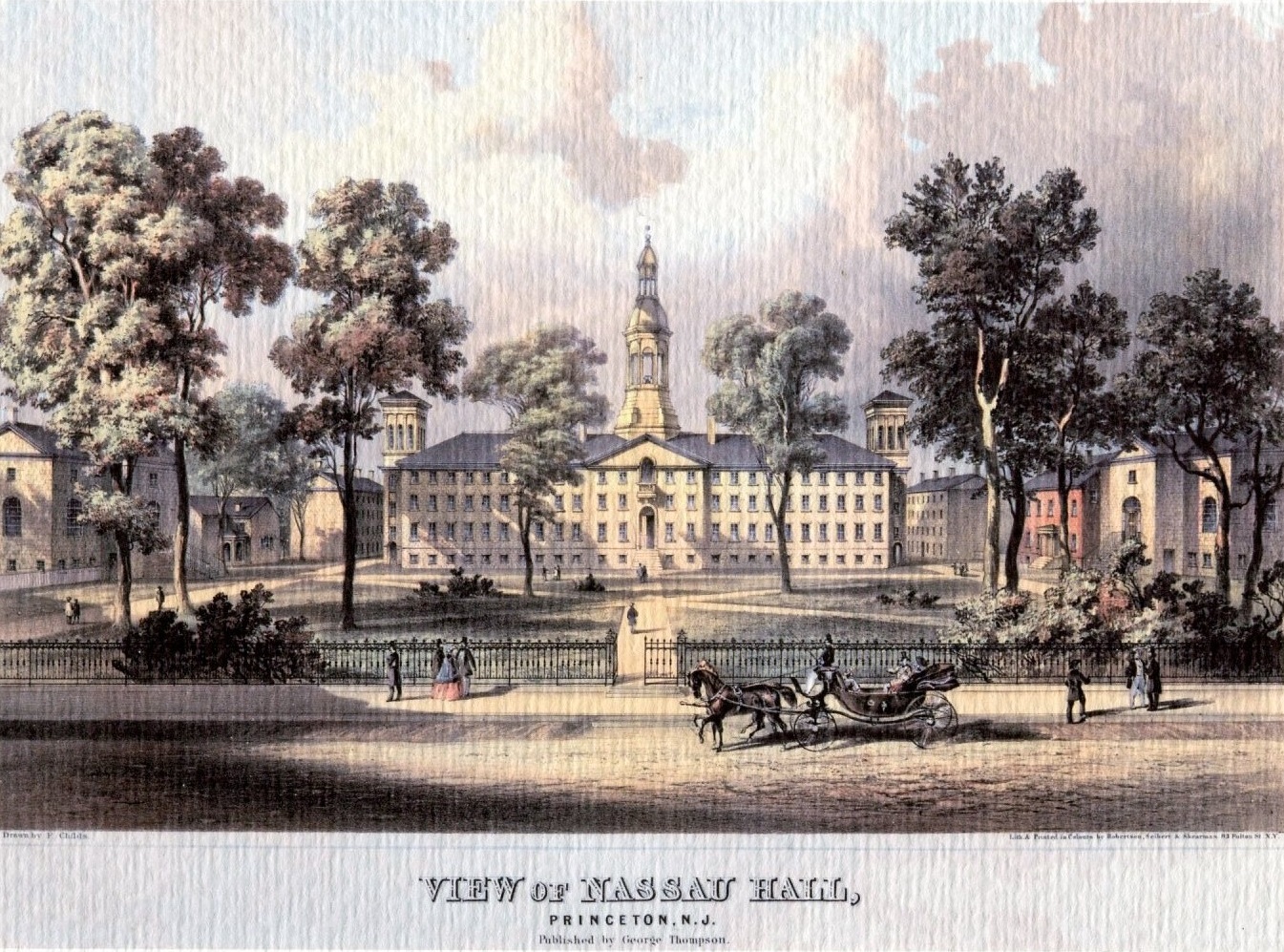By April C. Armstrong *14
In this week’s installment of our recurring series, many are anxious about an epidemic, the college president announces a new donation, and more.
November 11, 1793—Classes resume amid anxieties over yellow fever, which has killed about 10% of the population in Philadelphia over the past few months. Robert Finley writes on behalf of the faculty:
The parents of the students may be assured that there is no infectious disorder in Princeton or its vicinity: And as far as experience enables us to judge of the future, there does not appear to be the least hazard of having infection communicated from the city of Philadelphia.
November 13, 1890—At a meeting of the Board of Trustees, President Patton reports that he has received a letter from Harriet C. Alexander offering Princeton “a Hall, in which to hold the Commencement exercises and the assemblages which may in future be held by the University.”

November 15, 1927—In a rare example of an American opera being presented in Europe, a production of “The White Bird” by Ernest Carter, Class of 1888, is seen in Osnabrück, Germany. The opera tells the story of a deer hunter in upstate New York who discovers his wife is secretly in love with someone else.
November 16, 1872—The Portland Daily Press reports, “Some Princeton College students did a very disgraceful thing the other night, in smearing with tar all the seats in the college chapel, and even the Bible.”
Did you read the previous installment in this series?
Fact check: We always strive for accuracy, but if you believe you see an error, please contact us.


One response to “This Week in Princeton University History for November 10-16”
[…] Did you read the previous installment in this series? […]